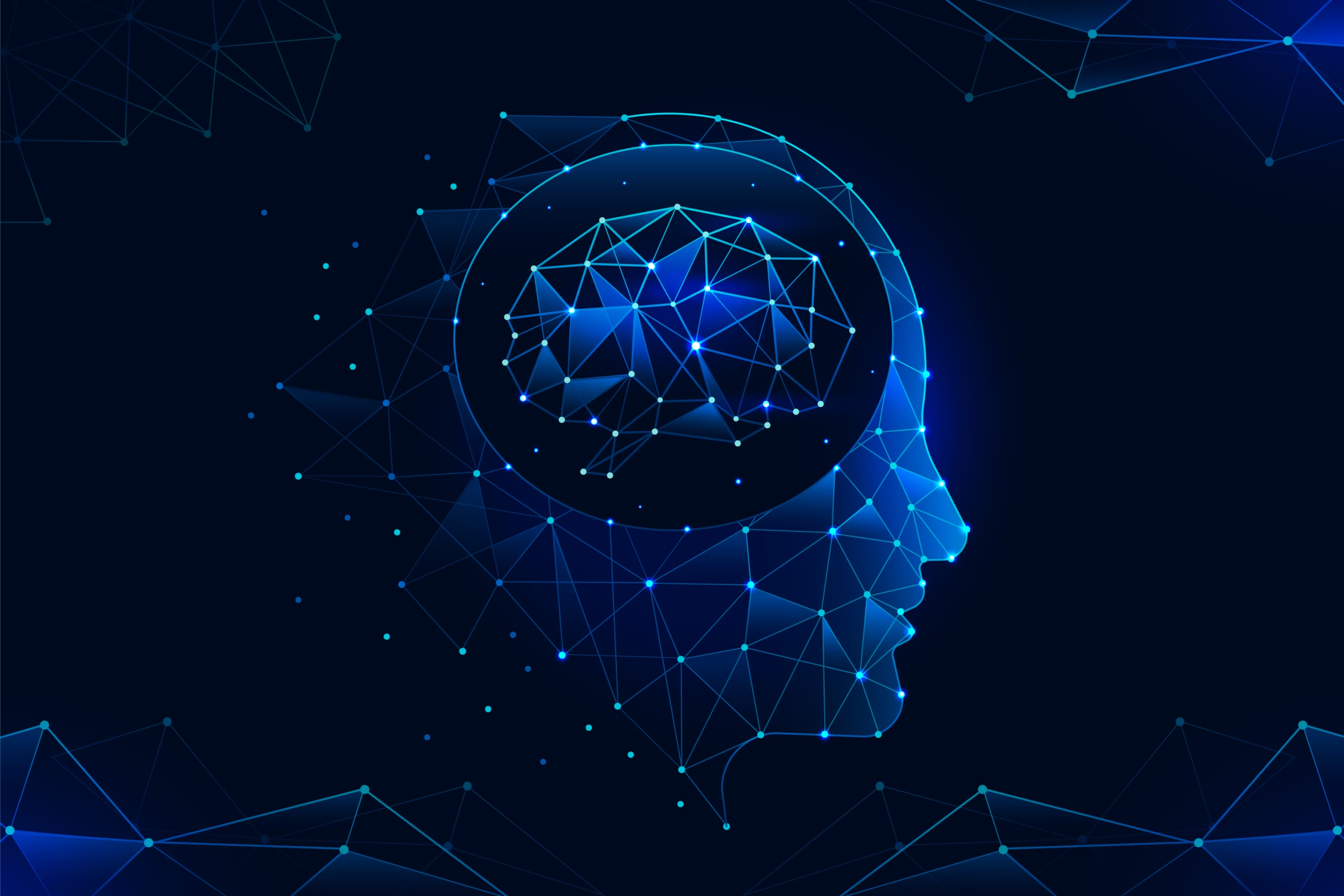Contents
- 1 Introduction
- 2 What Is Machine Learning?
- 3 Virtual Assistants and Smart Devices
- 4 Personalized Recommendations
- 5 Social Media Algorithms
- 6 Email Filtering and Spam Detection
- 7 Healthcare and Diagnostics
- 8 7. Banking and Fraud Detection
- 9 8. Transportation and Navigation
- 10 9. E-commerce and Customer Support
- 11 10. Future of Machine Learning in Daily Life
- 12 Conclusion
Introduction
Machine learning (ML) may sound like a complex concept from the tech world, but it’s already a big part of your daily life. From the moment you unlock your smartphone to the time you scroll through social media or get product recommendations while shopping online—machine learning is working behind the scenes.
This blog explores how machine learning is used in everyday life, highlighting practical, real-world applications across various industries and activities.
What Is Machine Learning?
Machine Learning is a subset of artificial intelligence (AI) that allows computers to learn from data and improve their performance without being explicitly programmed. ML algorithms identify patterns, make predictions, and adapt to new information over time.
In short, ML helps machines “learn” from experience—just like humans.
Virtual Assistants and Smart Devices
Example: Alexa, Siri, Google Assistant
Virtual assistant use ML to understand, treat natural language and provide accurate feedback. Whether you ask for the weather or put a reminder, the machine learning is at work.
Cases of other smart devices:
Smart thermostats Learn your schedule to optimize the temperature
Smart speakers personalize music recommendations
Voice-to-text is improved with recognition
Personalized Recommendations
Example: Netflix, YouTube, Spotify, Amazon
The recommended engine is one of the most common ML applications in daily life. Depending on your browser history, likes, see habits and shopping, these platforms use algorithms to suggest what you can enjoy.
The benefits of ML-interactive recommendations:
Saves time for users
Engagement increases
Increases sales for businesses
Social Media Algorithms
Example: Facebook, Instagram, Ticketkok
Have you ever wondered why your social media feed seems tailor -made for you? This is a machine learning in action.
ML is used:
Prefer the material based on user behavior
Suggest new friends or accounts
Find out harmful materials or fake news
Auto-tag-friend using face identity
These algorithms learn from interaction signals, comments, parts to customize your experience.
Email Filtering and Spam Detection
Example: Gmail, Outlook
Your e -mail insert is offset thanks to the ML algorithm that filters spam and prefers important messages. These systems analyze thousands of messages to identify patterns associated with spam, phishing or publicity.
Advanced Features:
Smart reply suggestions
Classification (primary, social, promotion)
E -mail planning and reminder
Healthcare and Diagnostics
The machine learning health system changes in ways that directly affect patients.
Use cases in general ml everyay Healthcare:
Portable equipment (eg smartwatch) monitors health data in real time
Clinical equipment uses ML to detect diseases such as cancer or diabetes
The future algorithm suggests treatment based on patient history
Effect:
ML leads to rapid diagnosis, more accurate results and personal care plans.
7. Banking and Fraud Detection
ML is crucial in keeping your financial data secure.
How ML helps in banking:
- Detects unusual transactions and flags them as potential fraud
- Predicts creditworthiness for loans
- Chatbots help with account queries and support
- Personal finance apps track spending and give insights
ML models are trained to distinguish between legitimate and suspicious activity, making online banking safer.
Examples: Google Maps, Uber, Tesla Autopilot
Navigating your city or commuting has never been easier, thanks to machine learning.
How it works:
- ML predicts traffic conditions and suggests alternate routes
- Ride-hailing apps optimize driver allocation
- Self-driving cars use ML to analyze road conditions, signs, and behavior
- Public transport systems use predictive analytics for scheduling
9. E-commerce and Customer Support
Examples: Flipkart, Amazon, Zappos
Machine learning improves both the shopping and support experience online.
In e-commerce:
- Product suggestions based on browsing history
- Visual search engines (upload a photo to find similar items)
- Dynamic pricing models adjust prices in real-time
In customer support:
- AI chatbots answer queries 24/7
- Sentiment analysis improves customer satisfaction
- Predictive support tools offer solutions before a problem is reported
10. Future of Machine Learning in Daily Life
As ML continues to evolve, it’s becoming more embedded in our everyday routines.
Upcoming Trends:
- Smart homes that anticipate needs (lighting, food restocking)
- Hyper-personalized digital experiences
- AI-powered education tools adapting to learning styles
- Healthcare wearables that predict medical emergencies
Ethical Considerations:
While ML offers great benefits, concerns around privacy, bias, and misuse of data are growing. It’s essential that developers and users approach ML with responsibility.
Conclusion
Machine learning is no longer limited to labs or tech companies—it’s embedded in our lives. Whether you’re watching your favorite series, shopping online, navigating traffic, or checking your health stats, ML is quietly working to make things smoother and smarter.
Understanding how machine learning works and recognizing its real-world applications helps us appreciate its value—and prepare for an even smarter future.





